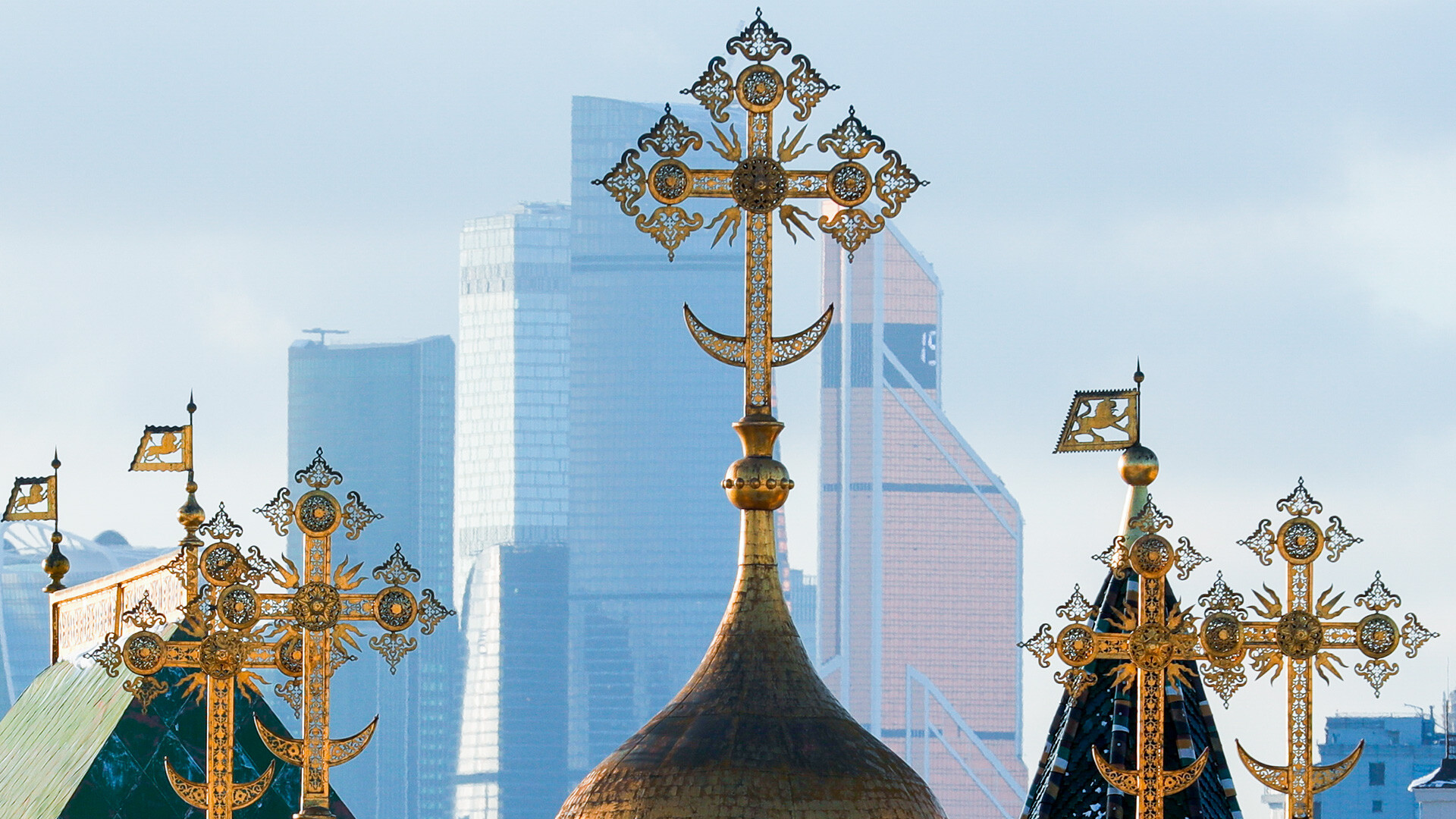
Domes of the Cathedral of the Savior of the Holy Face (Verkhospassky Cathedral) of the Moscow Kremlin
Mikhail Dzhaparidze/TASSThe cross is one of the most important Christian symbols. Jesus, the Son of God, was crucified on the cross and his death was an atonement for all human sins. To the modern eye, the half-moon – which we have come to regard as an Islamic symbol – is out of place on the crosses that crown the domes of ancient Russian churches.
Crosses with crescents can be found in Moscow — for example, on the dome of the Church of Simeon Stylites on Povarskaya (1676); on the St. Sophia Cathedral in the Vologda Kremlin (1568); and the Holy Trinity Cathedral (1703) in Verkhoturye in the Urals.
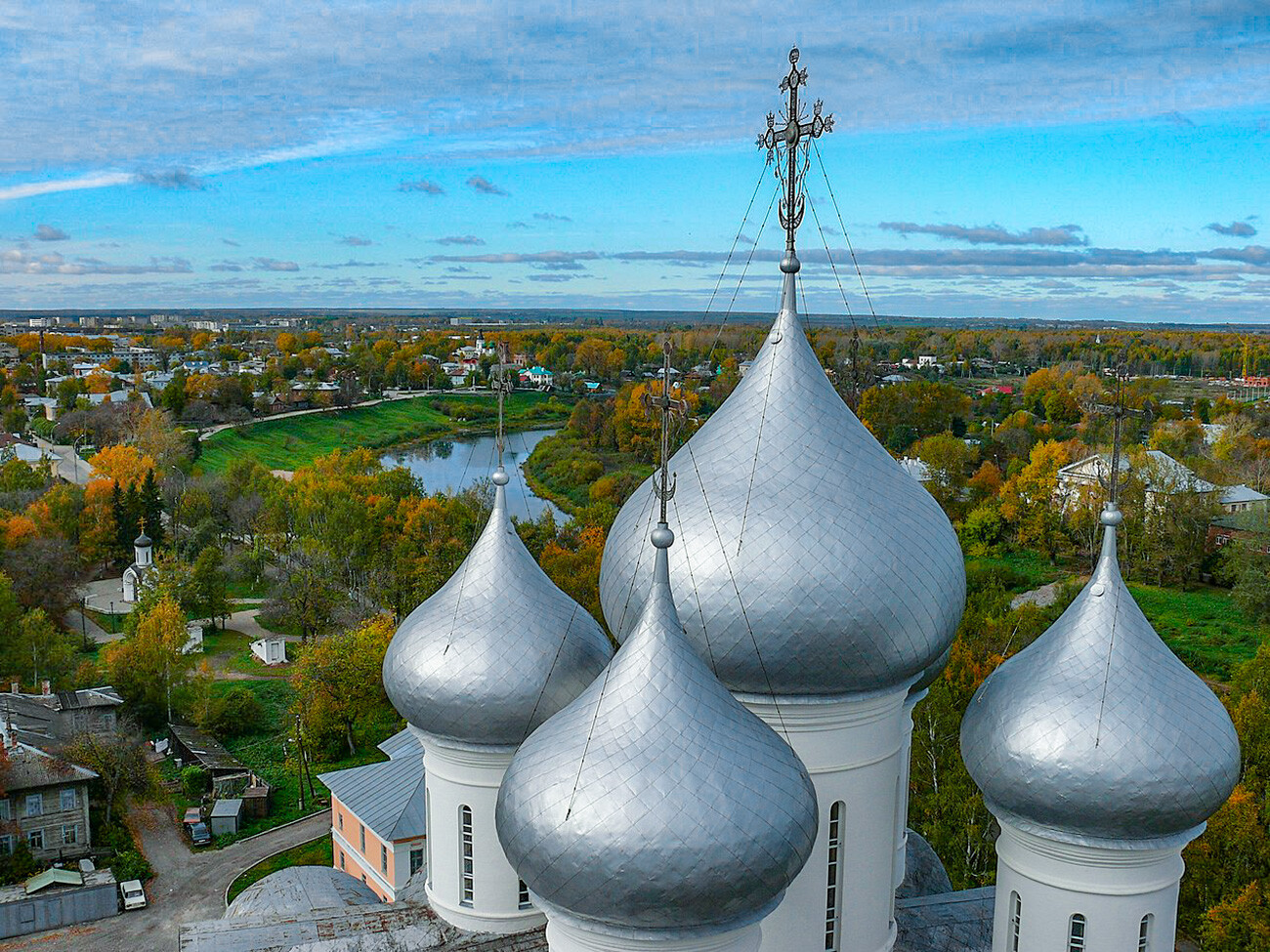
Saint Sophia Cathedral in Vologda
Dmitry Kulakov (CC BY-SA 3.0)Let's look at the different types of Orthodox Christian crosses and how the crescent ended up on them.
Traditionally, the Russian Orthodox cross is six-pointed or eight-pointed, consisting of a vertical bar and one or two horizontal bars on top. At the bottom is another, diagonal, bar representing the support for Christ's feet, and which symbolizes the scales that weigh human sins. You can read about the Russian cross in more detail here.
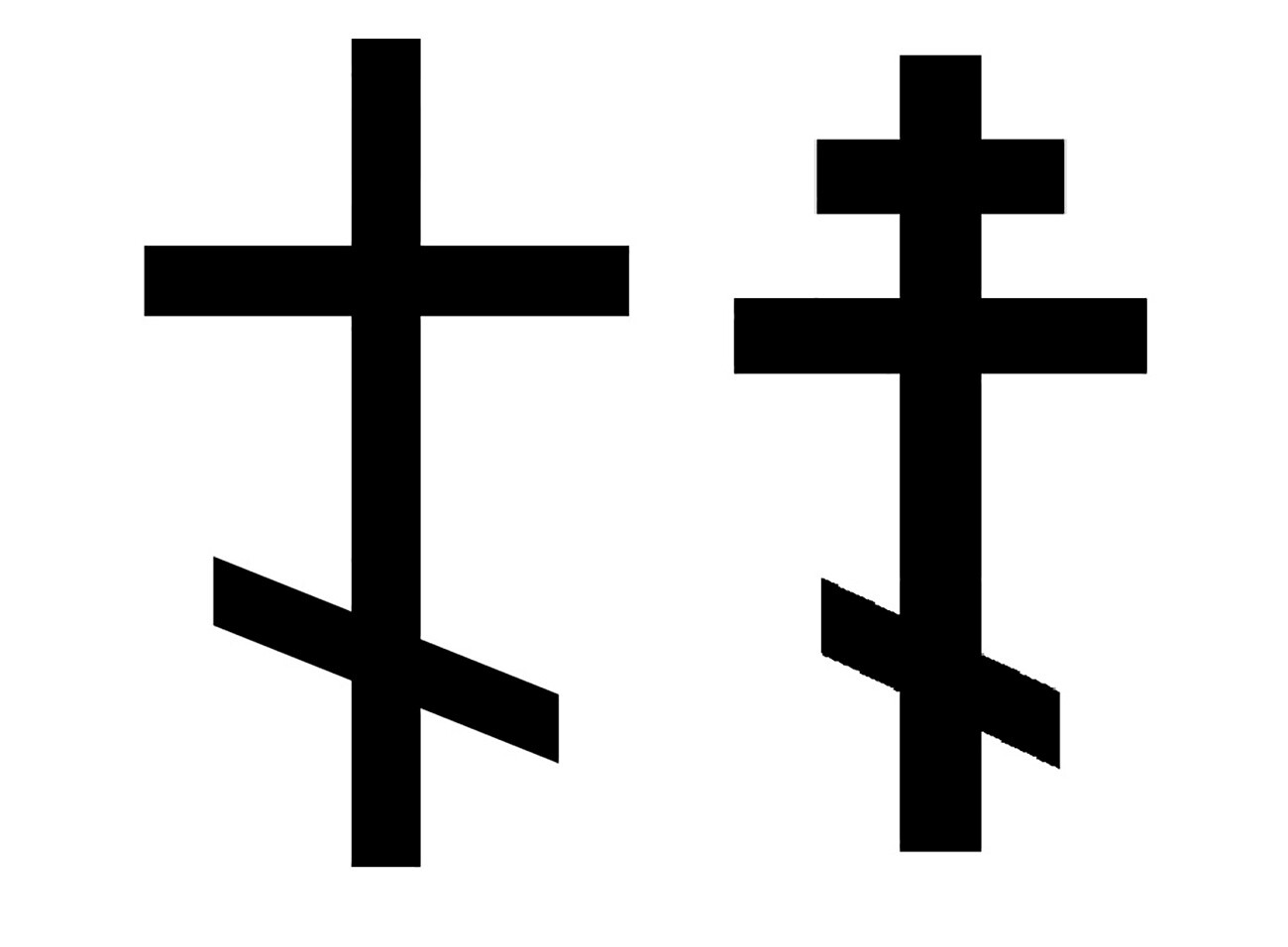
These many-pointed crosses were common in the 6th century in Byzantium, from which Russia adopted Christianity and its symbols. Under Ivan the Terrible, such crosses began to be used everywhere. He was the first Russian prince who proclaimed himself Tsar and it was important for him to emphasize the continuity of his power and its connection with Byzantium.
Until the 16th century various crosses could be encountered in Russia. For example, crosses inserted into a circle were utilized in Veliky Novgorod. They were similar to "Celtic" crosses and also originated in Byzantium. The circle symbolizes the halo of a saint or the crown of thorns. You can read about them in more detail here.
There were also crosses with a horizontal crescent in place of a diagonal bar at the bottom.
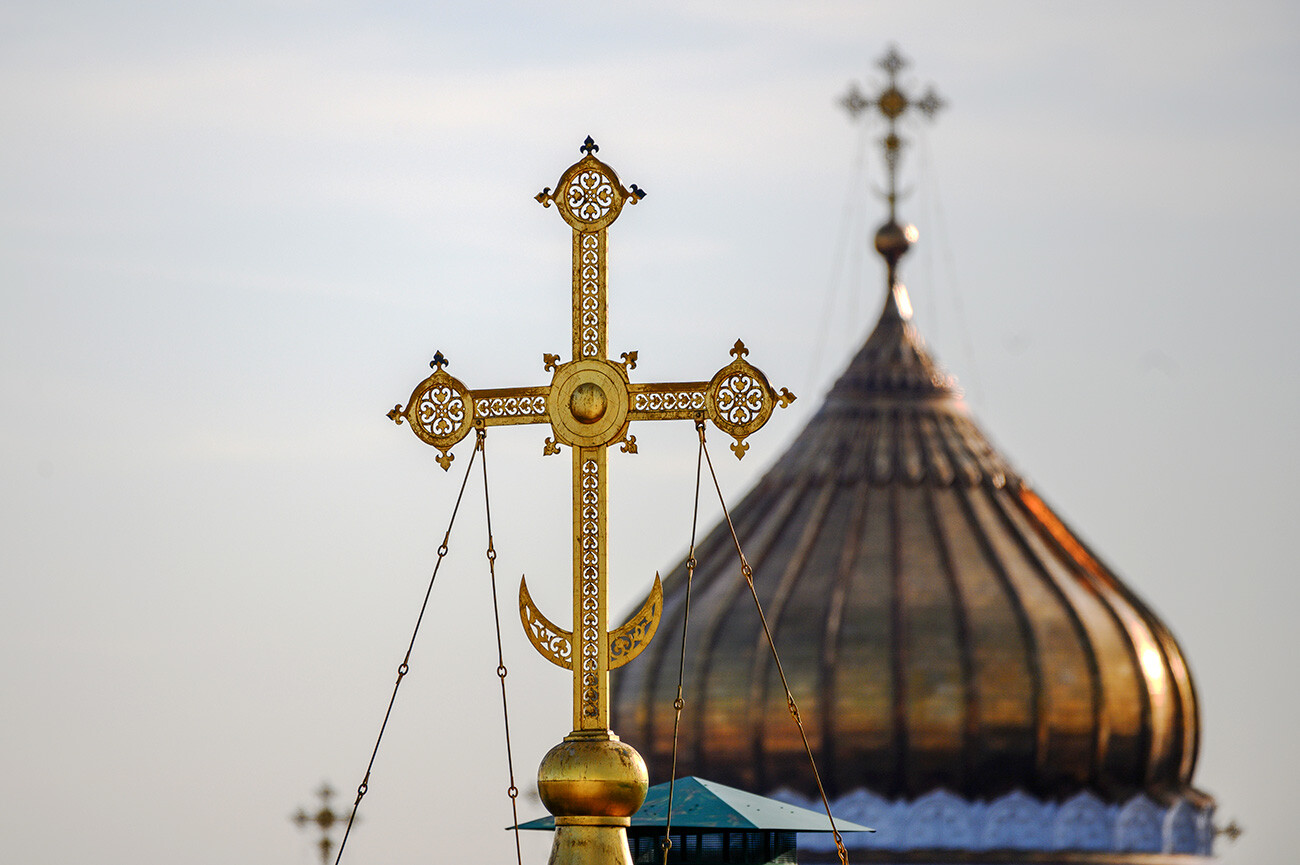
Domes of Christ the Savior Cathedral in Moscow
Vladimir Sergeyev/SputnikThese days, the crescent is inextricably associated with Islam, widely considered as one of that religion’s principal symbols.
The Christian crescent, however, has no connection with Islam. It was already in use in Christian Byzantium in the 6th century and was one of the symbols of Constantinople. According to one account, the Ottoman Empire appropriated the symbol after the capture of the city by the Turks.
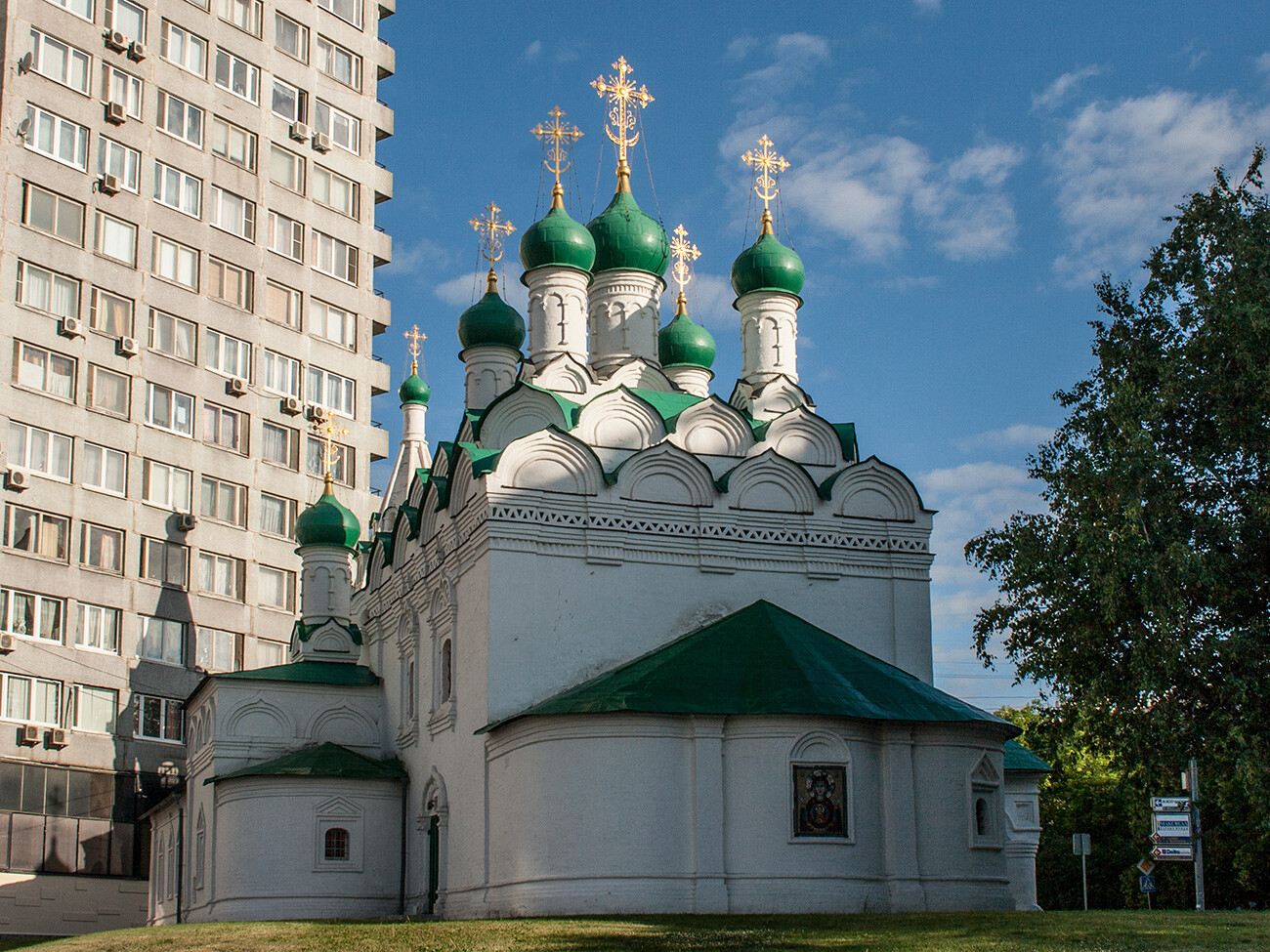
Saint Simeon Stylites Church on Povarskaya Street in Moscow
Public domainOne theory is that the cross with a half-moon symbolizes an anchor. After all, it’s written in one of the Epistles of Paul that Christians view the Cross as a symbol of hope, and is like "an anchor sure and steadfast". The church itself is a ship that helps believers reach the Kingdom of Heaven.
But the cross does not just stand for the crucifixion, since even before Christianity it was a widespread symbol of the sun. “The combination of the cross and the crescent is totally consistent with a cosmological symbolism that is pagan in origin: The cross and the crescent symbolize the sun and moon," wrote B. Uspensky in his book Solar and Lunar Symbolism in Visual Aspects of the Russian Church. "But at the same time the two symbols also had another, Christian significance: The cross is manifestly a symbol of Christ, while the moon in the Christian tradition symbolizes the Mother of God."
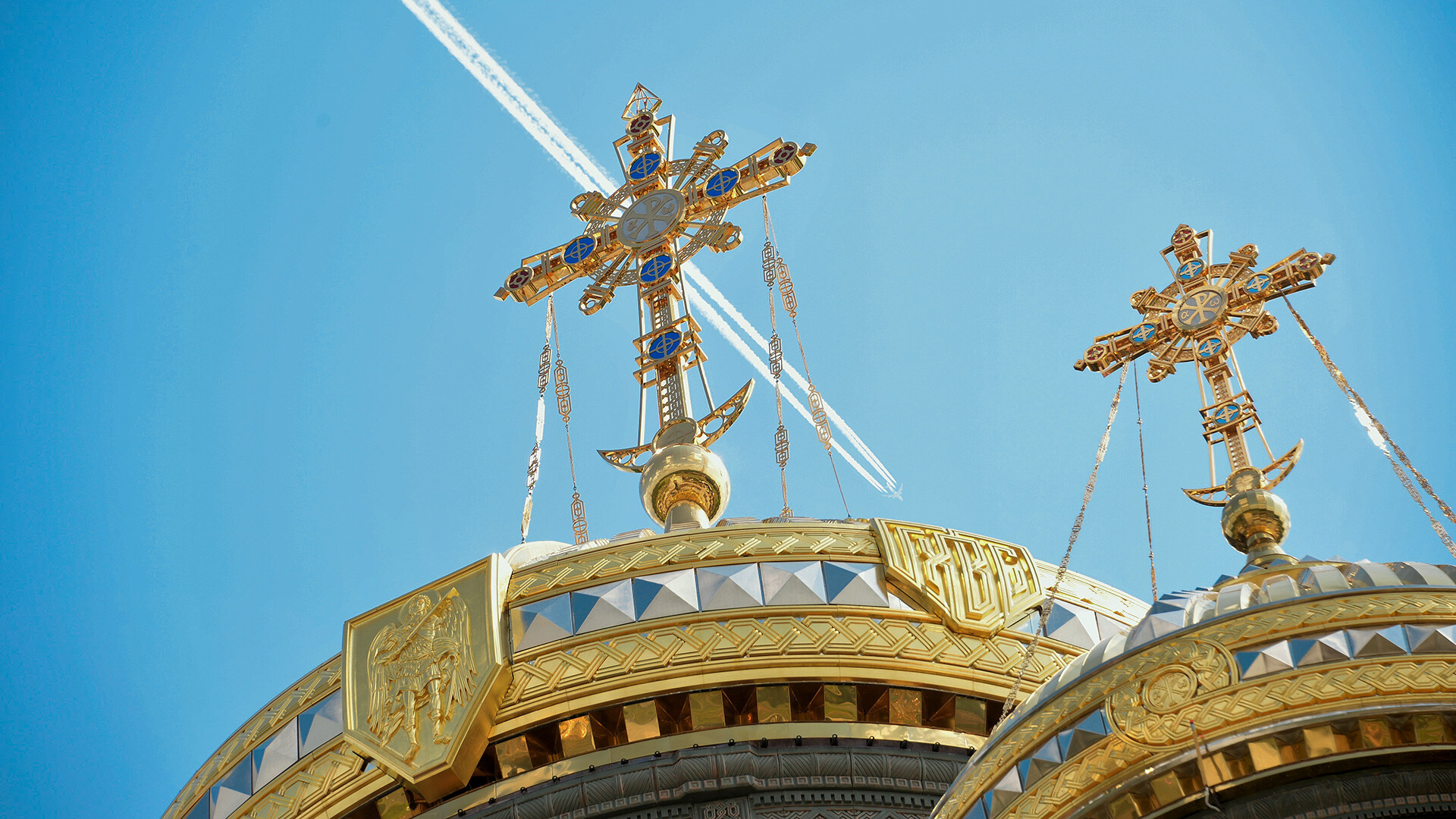
Crosses of the Main Cathedral of the Russian Armed Forces
Alexander Melnikov/SputnikThis is confirmed by an image evoked in the Book of Revelation: "And there appeared a great wonder in heaven; a woman clothed with the sun, and the moon under her feet, and upon her head a crown of twelve stars." The moon can frequently be encountered in icons of the Mother of God.
The crescent is also an important symbol of the birth of Christ since it mirrors the shape of the manger or cradle in Bethlehem in which the infant Jesus was placed after birth. This is why communion chalices and baptismal fonts, for instance, have a hemispherical form.
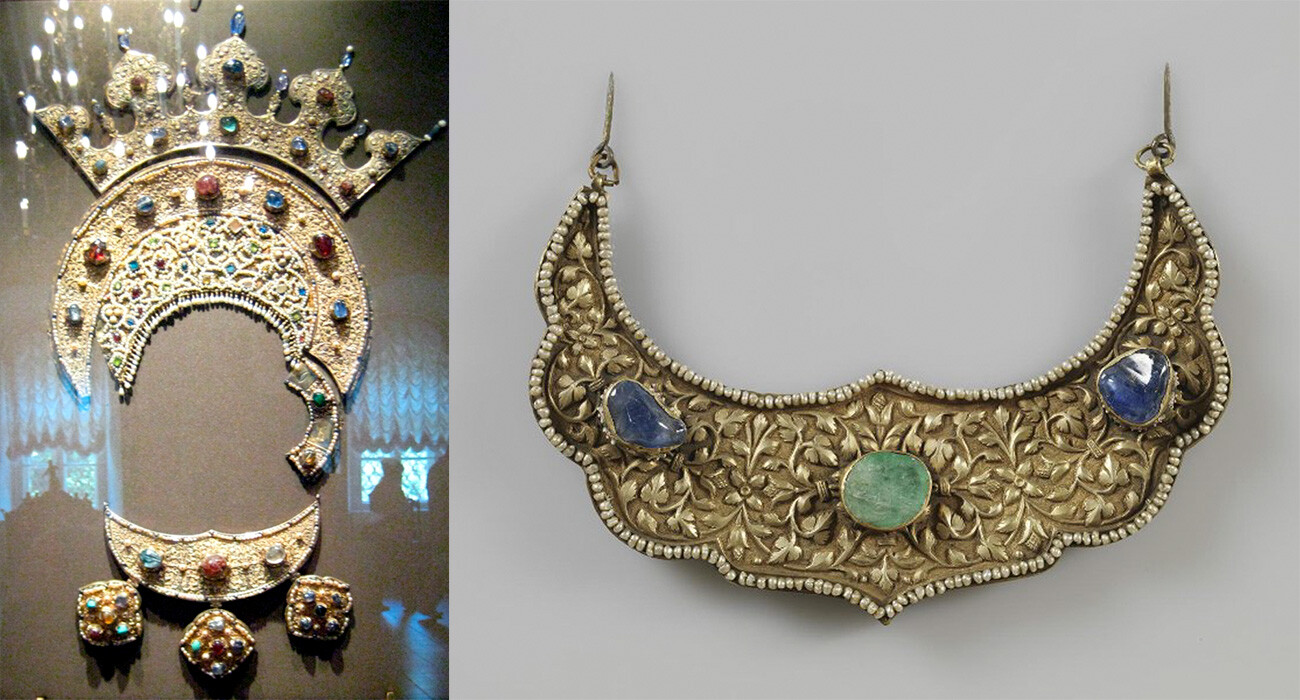
The crescent also has another application in Orthodox Christianity. The haloes of the saints as depicted in icons are semi-circular, and a feature known as a "tsata" can be encountered on the precious "oklads", with which icons are covered. The tsata is a particular adornment in the shape of a half-moon or double half-moon with an ornate edge, placed on the breast of icons of Christ, the Mother of God, the Holy Trinity and certain other highly venerated saints (John the Baptist or St. Nicholas, for instance). The illustration shows the halo, or "venets", of the oklad of an icon, above, with a pectoral tsata beneath it.
Dear readers,
Our website and social media accounts are under threat of being restricted or banned, due to the current circumstances. So, to keep up with our latest content, simply do the following:
If using any of Russia Beyond's content, partly or in full, always provide an active hyperlink to the original material.
Subscribe
to our newsletter!
Get the week's best stories straight to your inbox